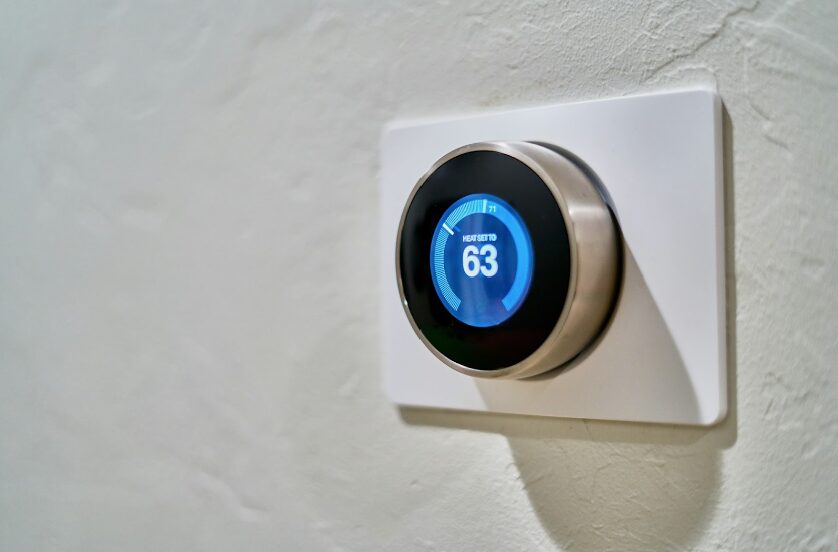When you’re researching and looking for a new product for your home, there’s a hidden cost to owning that product that you might need to consider: maintenance.
If an appliance goes wrong and is out of warranty (it’s like they know when the warranty expires, right?), you have a lot of new appliances in the marketplace to choose from.
But have you ever considered what it takes to keep that unique product in good condition? You’ve got it: maintenance.
Whether it’s a high-tech appliance or a vintage collectible, these items can require special care—and overlooking this can lead to unexpectedly high costs.
Let’s explore why maintenance for unique products can be more costly and how to avoid potential issues.
The Complexity Factor: Unique Items, Unique Challenges
Unique products are often more complex than their standard counterparts. Take, for instance, a smart refrigerator.
Unlike a regular fridge, it has advanced features that require regular software updates and specific part replacements.
Failing to keep up with these needs can lead to malfunctions that are not only inconvenient but also expensive to fix.
Similarly, vintage items like a classic turntable require specialized maintenance to keep them in working order.
These products might need hard-to-find parts or require a professional with specific expertise, both of which can drive up costs.
The Scarcity of Expertise: Paying for Specialized Knowledge
The more unique an item, the fewer people who know how to maintain it properly.
For example, owning a tankless water heater is efficient, but these systems require specific maintenance, such as annual descaling.
Not every plumber is trained to handle this, so you might need to hire a specialist. Specialist services come with higher rates due to their expertise and the time they take to source specific parts.
Scarcity of Replacement Parts
Unique products are often more complex than their standard counterparts. Take, for instance, a smart refrigerator.
Unlike a regular fridge, it has advanced features that require regular software updates and specific part replacements.
Failing to keep up with these needs can lead to malfunctions that are not only inconvenient but also expensive to fix.
Similarly, vintage items like a classic turntable require specialized maintenance to keep them in working order.
These products might need hard-to-find parts or require a professional with specific expertise, both of which can drive up costs.
Obsolescence and Compatibility Blues
Here’s another fun factor to consider: technology moves at the speed of light these days. What was cutting-edge yesterday is practically ancient history tomorrow.
And when it comes to unique products, keeping up with the latest and greatest can be a real headache.
Let’s say you’ve got this amazing custom-built software application that was the bee’s knees a few years ago. But now, it’s starting to show its age, and you’re struggling to find compatible upgrades or patches.
Sure, you could try to jerry-rig something, but that’s just asking for a world of hurt (and a whole lot of extra costs).
On the flip side, mass-produced products often have a much better support system in place, with manufacturers regularly releasing updates and ensuring compatibility with newer technologies. Talk about a stress-free life!
So, what’s the bottom line? While having a unique, custom-made product can be incredibly cool and give you all sorts of bragging rights, it’s important to consider the potential maintenance costs down the line.
Whether it’s sourcing rare parts, hiring specialized experts, or dealing with obsolescence issues, maintaining a one-of-a-kind item can quickly become pricey.
So, before you take the plunge, make sure you weigh the benefits of customization against the realities of long-term maintenance.
If you decide to go the unique route, do yourself a favor and seriously consider maintenance agreements or extended warranties. That way, you can rest easy knowing your precious baby is cared for without breaking the bank.
At the end of the day, it’s all about being an informed consumer and making the choice that’s right for you.
5 Easy Strategies for Cutting Down Your Home Maintenance Costs


